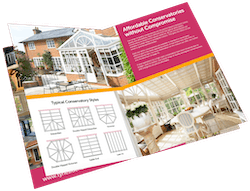Living in a conservation area comes with unique responsibilities and restrictions, especially when it comes to home improvements.
If you’re considering replacing your windows, you’ll need to navigate planning regulations and specific requirements while ensuring your new windows maintain the character and appearance of your historic neighbourhood.
This guide will help you understand the requirements for windows for conservation areas and explore how modern solutions like wood-effect uPVC can provide the perfect balance between tradition and performance.
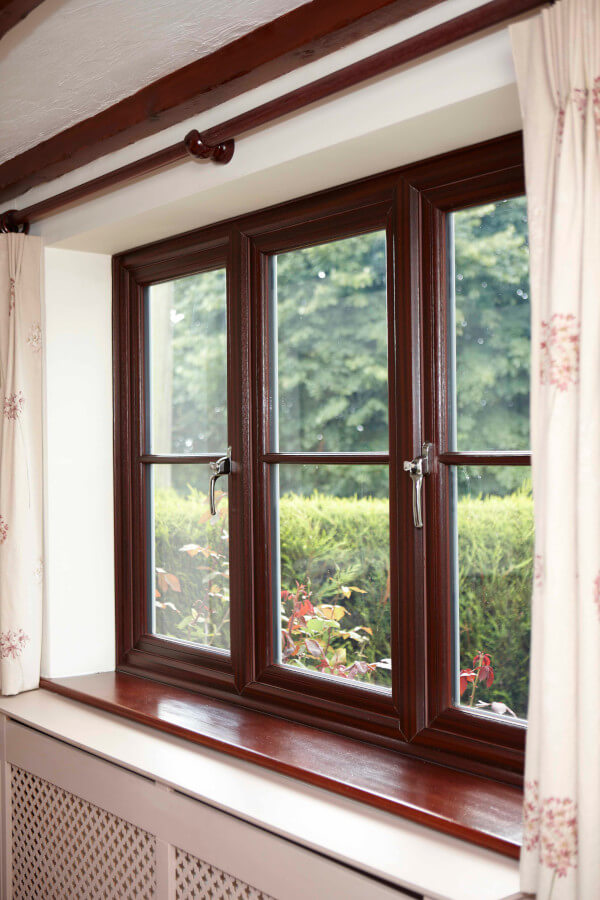
What is a conservation area?
A conservation area is a particular area of special architectural or historical interest that local authorities are required to preserve and protect.
These areas are characterised by:
- Buildings of historical significance
- Distinctive architectural styles
- Important streetscapes or landscapes
- Cultural or social heritage value
The UK has over 10,000 conservation areas, ranging from historic city centres to picturesque villages. In the North East, many areas of Newcastle, Durham, and surrounding towns fall under conservation area guidelines.
Conservation areas aim to preserve the character and appearance of these areas while allowing for appropriate home improvement. This means any alterations to historic buildings, including window replacements, must be carefully considered to maintain the area’s historic integrity.
Does living in a conservation area impact what windows you can choose?
Living in a conservation area significantly affects your window choices.
While window replacements are usually covered under permitted development rights, under Article 4, the local planning authority has additional powers to control alterations that might affect the character or appearance of the area. This is also the case if you live in a listed building.
Key restrictions include:
- Requiring planning permission to replace windows and doors
- The local authority may specify acceptable materials and finishes
- Style limitations
- Replacement windows must adhere to certain proportions and dimensions
- Glazing requirements (e.g. single or double glazing).
New windows generally must match or replicate the original window style, but the level of restriction varies between different conservation areas. Some have detailed design guidance, while others rely on general principles of preserving character and appearance.
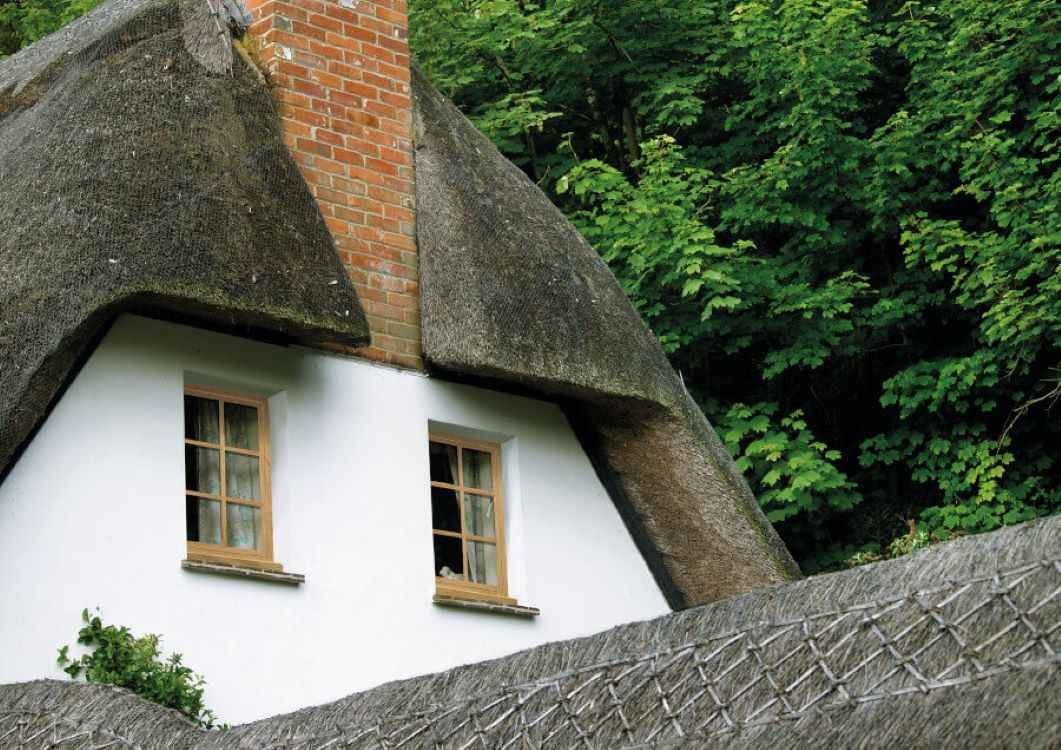
Are restrictions the same across all conservation areas in the UK?
The restrictions on what changes you can make to a property vary between conservation areas across the UK, and the overall decision will be made by your local planning authority or conservation officer. Because of this, it’s important to check with your local planning authority to understand which restrictions are in place when looking to get replacement windows or doors.
What type of windows are allowed in a conservation area?
The type of window frames and styles permitted in conservation areas depends on several factors.
Traditional window styles
Most conservation areas favour traditional window styles that reflect the area’s historical period.
Sash windows are particularly popular in Georgian and Victorian conservation areas, with casement windows usually required in Tudor or cottage-style homes. Flush casement windows are also a common windows for conservation areas.
Material considerations
The local authority will typically specify appropriate materials.
Timber windows are often preferred for their authenticity and historical accuracy, but uPVC windows may be acceptable if they accurately replicate traditional timber designs. Many homeowners choose wood-effect uPVC windows because they are much more affordable and have much lower maintenance requirements compared to timber.
Aluminium windows are far less commonly approved but sometimes permitted for specific architectural styles (for example, in replicating industrial Victorian designs or art-deco styles).
Design requirements
Windows must typically feature:
- Appropriate proportions matching the original design
- Correct glazing bar configurations
- Traditional hardware and fittings
- Colours and finishes that complement the building’s character (bright colours may not ne accepted)
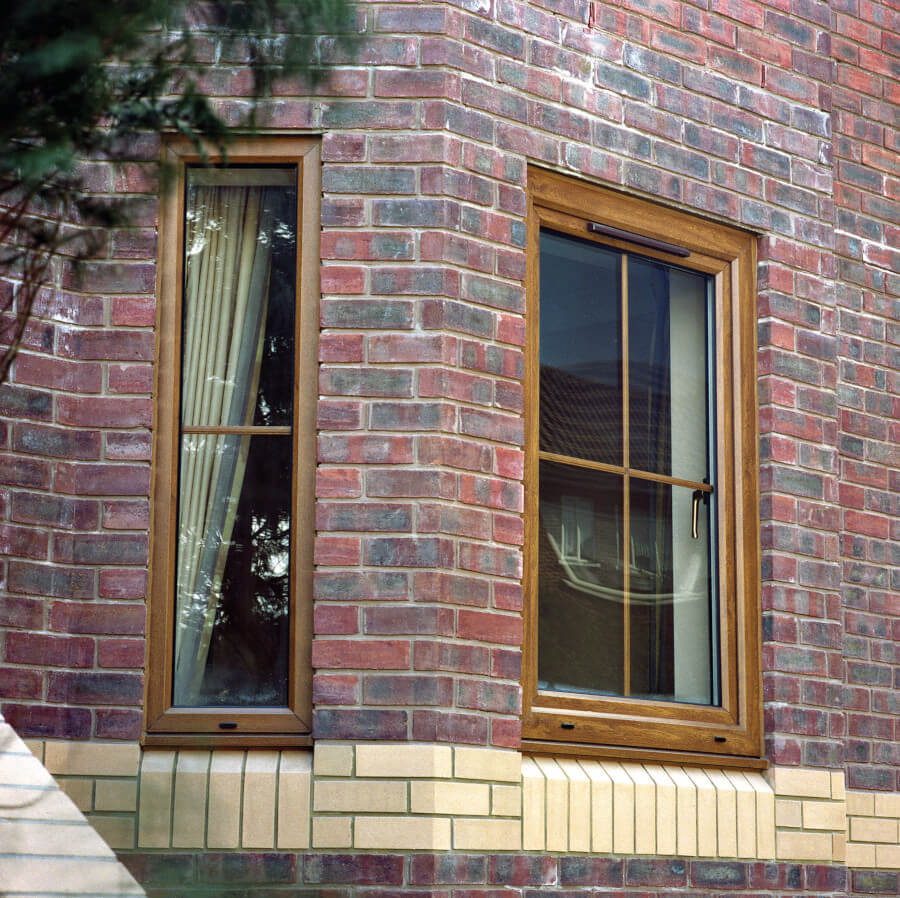
Wood-effect uPVC windows: an alternative to timber
Wood-effect uPVC windows offer an excellent solution for homeowners in conservation areas who want to maintain traditional aesthetics while benefiting from modern performance.
How wood-effect uPVC works
These windows are manufactured using advanced uPVC technology that creates realistic timber grain patterns and textures. The process involves high-quality uPVC frames designed to replicate traditional timber profiles, realistic wood grain finishes, and traditional window hardware options.
Authenticity and approval: can wood-effect windows really be used in place of timber?
Modern wood-effect uPVC windows are increasingly sophisticated and can closely replicate the appearance of traditional timber windows. Many local authorities now accept high-quality wood-effect uPVC as a suitable alternative to timber, particularly when the design accurately replicates traditional proportions and the finish convincingly mimics natural timber.
The benefits of uPVC wood-effect windows for conservation areas
Low maintenance requirements
Unlike traditional timber windows, wood-effect uPVC requires minimal upkeep. There’s no need for regular painting or staining, saving you both time and money on maintenance costs.
Thermal performance
Our modern uPVC wood-effect windows offer excellent thermal performance with A-rated energy efficiency as standard. This superior performance means lower energy bills and a more comfortable home throughout the year.
Excellent security
Wood-effect uPVC windows provide modern security features including multi-point locking systems and robust construction that’s resistant to forced entry.
Durability and longevity
These windows are built to last with an expected lifespan of 15-20 years or more. They’re resistant to UK weather conditions, and come with a 10-year guarantee for complete peace of mind.
Cost-effectiveness
Wood-effect uPVC offers excellent value with a lower initial cost compared to high-quality timber and reduced maintenance expenses over time.
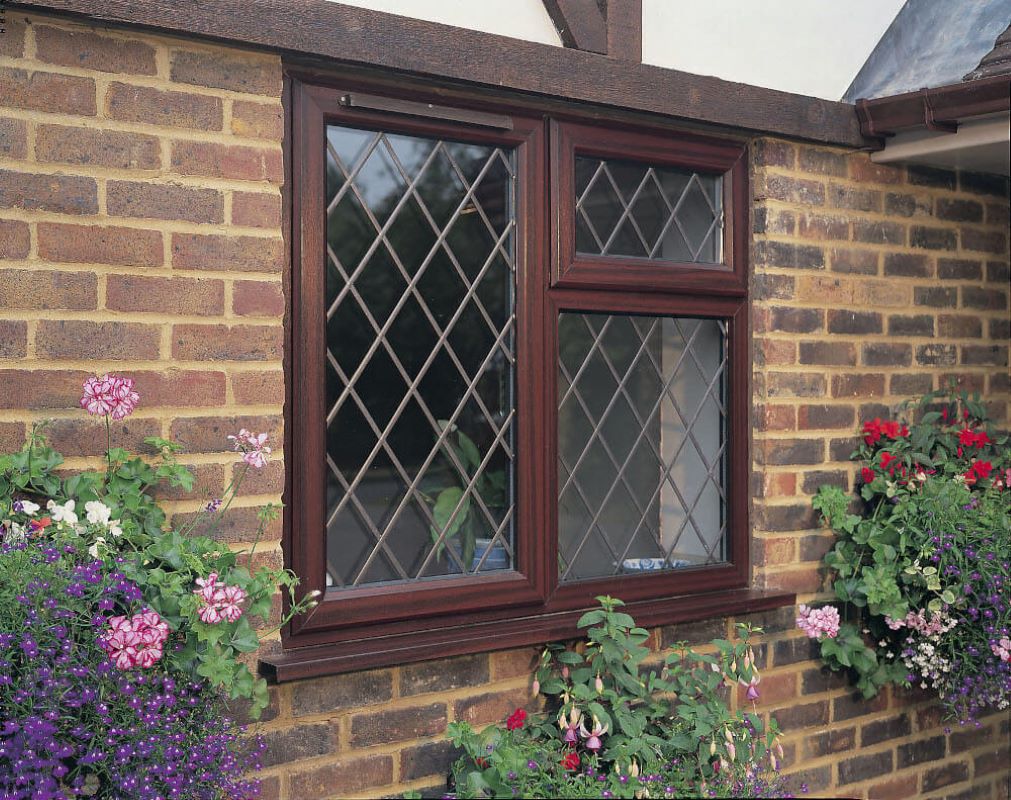
Our range of wood-effect heritage windows
At Tyneside Home Improvements, we understand the unique challenges faced by homeowners in conservation areas across the North East. Our wood-effect uPVC windows are specifically designed to meet conservation area requirements while providing modern performance benefits.
Window styles available
We offer a comprehensive range of traditional window styles, including sliding sash windows, flush casement windows and classic casement styles.
Our wood-effect windows are available in a wide range of colours and finishes, and can be fully customised to provide the perfect proportions, design and hardware to replicate the look of historical windows.
Our heritage-style wood-effect windows are truly the best of both worlds, providing all the beauty of timber windows with the benefits of modern uPVC construction. Our windows come with excellent thermal efficiency, security and durability, ensuring lasting beauty.
Find the perfect windows for conservation areas: Contact THI today
Whether you’re looking to improve energy efficiency, reduce maintenance, or simply refresh your property’s appearance, our expert team can help you navigate the planning process and find the ideal windows for your conservation area home. We have years of experience in installing new conservation area windows, and can help you find the perfect windows to match the characteristics of a building and can also assist with planning applications.
Contact Tyneside Home Improvements today for expert advice on windows for conservation areas. Call 0191 489 5063 or complete our online contact form for your free, no-obligation quote.

